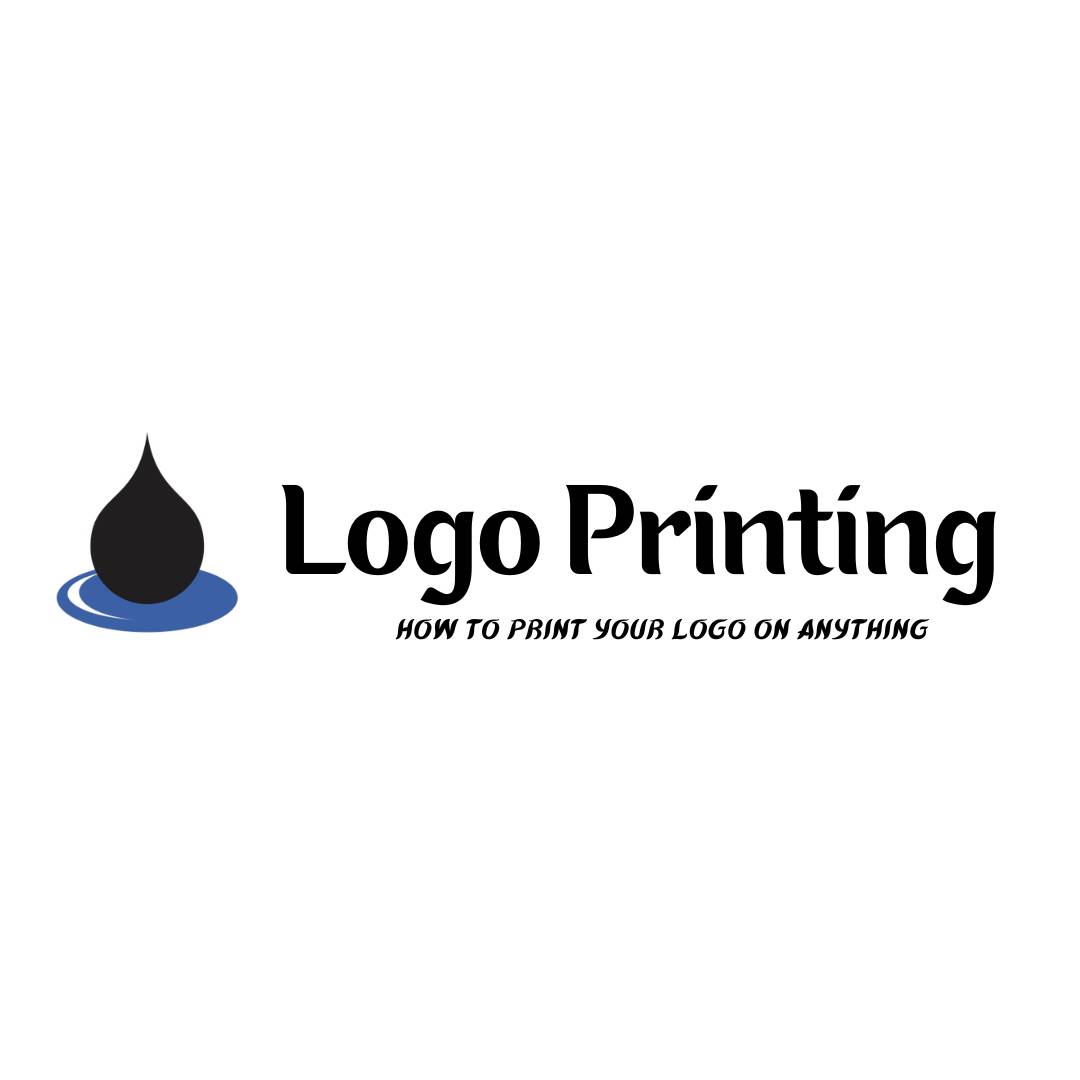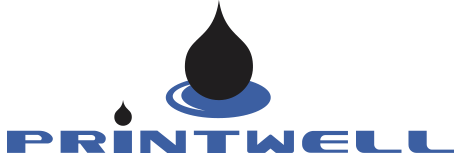
Logo Printing: How To Print Your Logo On Anything

Bring Your Brand to Life With Logo Printing
When it comes to building a brand, logos play an important role in creating brand recognition and loyalty. Logos can be printed on anything, from metal to plastic, clothing, fabric, ceramic mugs, and paper. But how do you ensure that your logo looks professional and consistent across different materials? In this post, we’ll explore the different printing methods and design considerations you should keep in mind to get the best results when printing your logo on various materials.
The Fundamentals of Printing: CMYK, Raster and Vector Images, and Resolutions
Before we explore the various materials on which you can print your logo, it’s crucial to understand some essential concepts that impact the printing process. CMYK, a colour model used in printing, stands for Cyan, Magenta, Yellow, and Key (or Black). This model produces a wide range of colours by layering these four colours on top of each other.
Raster and vector images are two types of digital image files. Raster images, such as JPEGs or PNGs, are made up of pixels and can become blurry when enlarged. This is because when you enlarge a raster image, the pixels are stretched, causing the image to lose quality. On the other hand, vector images, such as SVGs or EPSs, are made up of mathematical equations and can be scaled up or down without losing quality. This makes them ideal for logo design and printing as they maintain their sharpness regardless of size.
The resolution of an image refers to the number of pixels in a picture, and it directly affects the image’s sharpness. When designing an for printing, it’s crucial to use the correct file type and resolution to get the best results. For example, for printing purposes, the standard resolution is 300 pixels per inch (PPI) or higher.
In summary, understanding the fundamentals of CMYK, raster and vector images, and resolutions is crucial in achieving high-quality printing results. By using the correct file type, resolution, and colour model for the printing process, you can ensure that your logo looks crisp, clear, and professional across all materials.
Logo Printing on Metal
Metal is a durable material that can be printed using various techniques. Engraving is a popular method that creates a permanent mark on the metal surface. Screen printing can be used on metal signs, drinkware, and electronics. When designing for metal printing, consider the surface texture, metal type, colour contrast, size, and placement.
- Circular Metal Prints
- Square/Rectangle Metal Prints
- Metal Ornamentst
- Metal Key Chains
- Circular Mac Metal Button
- AluPanel Signs
Logo Printing on Plastic
Plastic is a versatile material that can be printed on using various methods. Screen printing is commonly used for plastic surfaces and drinkware. Pad printing is used for small items such as pens and phone cases. Digital printing is used for plastic labels, packaging, and signs. When designing a logo for plastic printing, consider the plastic type, colour contrast, logo size, and placement.
Logo Printing on Clothing
Soft clothing materials such as cotton, polyester, and fleece can be printed on using embroidery, screen printing or direct-to-garment printing. Embroidery is the process of stitching the logo onto the clothing, while screen printing involves printing the logo onto the fabric using ink. Direct-to-garment printing is similar to screen printing but uses a specialized printer to print the logo directly onto the fabric. When designing a logo for clothing printing, consider the fabric type, thread count, colour contrast, logo size, and placement.
Logo Printing on Ceramic Mugs
Ceramic mugs can be printed on using sublimation, decal transfer, or screen printing. Sublimation involves printing the logo onto a special transfer paper and then transferring it onto the mug using heat. Decal transfer involves printing the image onto a decal and then transferring it onto the mug. Screen printing involves printing the image onto the mug using ink. Logo size, placement, colour, contrast, resolution, and the type of printing method used are important considerations when printing logos on ceramic mugs.
Logo Printing on Paper
Printing on Paper materials such as business cards, flyers, brochures, greeting cards and invitations can be printed using digital or offset printing. Digital printing involves printing the image directly onto the paper using a digital printer, while offset printing involves printing the logo onto a plate and then transferring it onto the paper. When designing a graphic for paper printing, consider the paper type, colour contrast, logo size, and placement.
Master the Art of Printing on Any Material
In conclusion, printing your design on different materials requires different printing methods and design considerations. By understanding the other options available for each fabric and designing your logo with the printing process in mind, you can ensure that your logo looks professional and consistent across all materials. Remember to use the correct file type, resolution, and colour model for the printing process to get the best results. With these tips and techniques, you’ll be able to confidently print your logo on anything.
Get Your Designs Printed on Anything with Printwell!
Looking to showcase your brand and make a lasting impression on your clients? Look no further than Printwell Custom Printing in Ottawa! With our top-notch printing services, you can have your company logos printed on just about anything, from t-shirts and hats to mugs and water bottles.
Don’t settle for generic promotional items – make your mark with customized products that are unique to your business. Printwell’s experienced team will work with you every step of the way to ensure your branding is represented accurately and beautifully.
Ready to get started? Contact Printwell Custom Printing Ottawa today to learn more about our custom printing services and to start bringing your brand to life!


